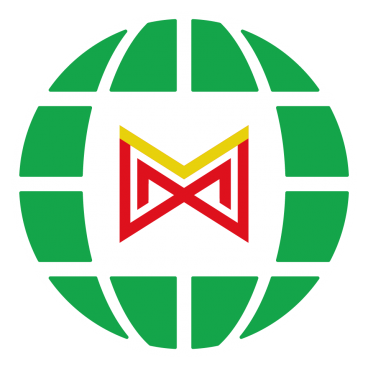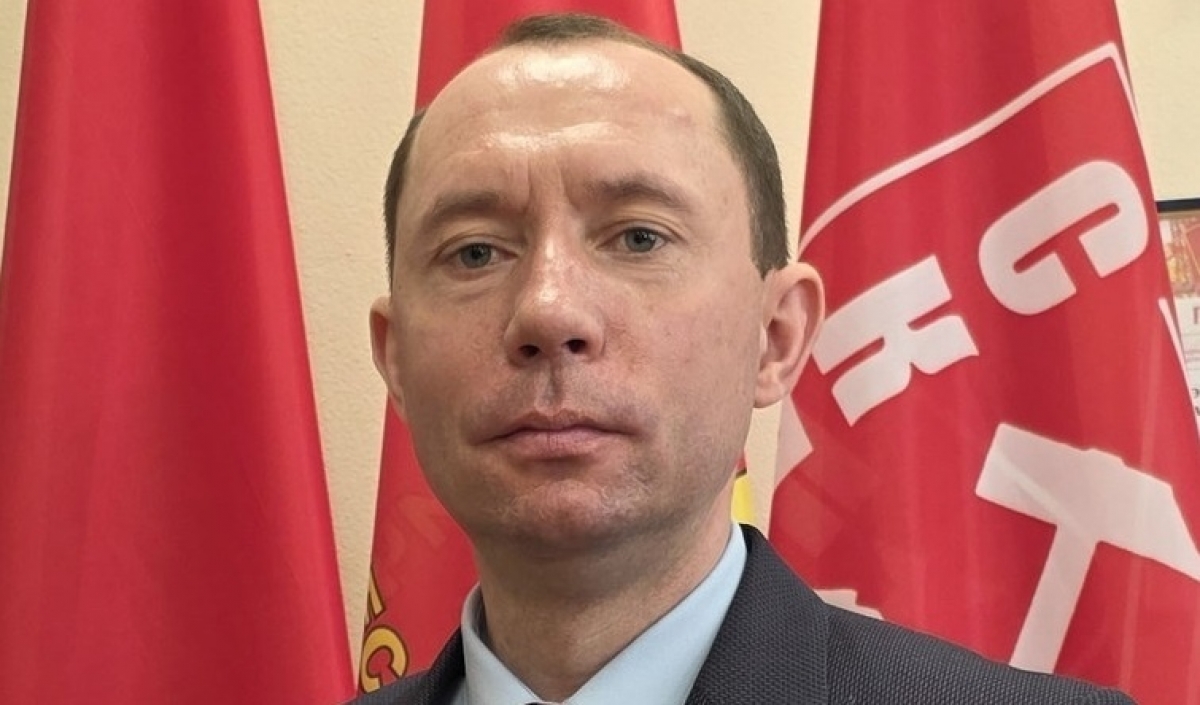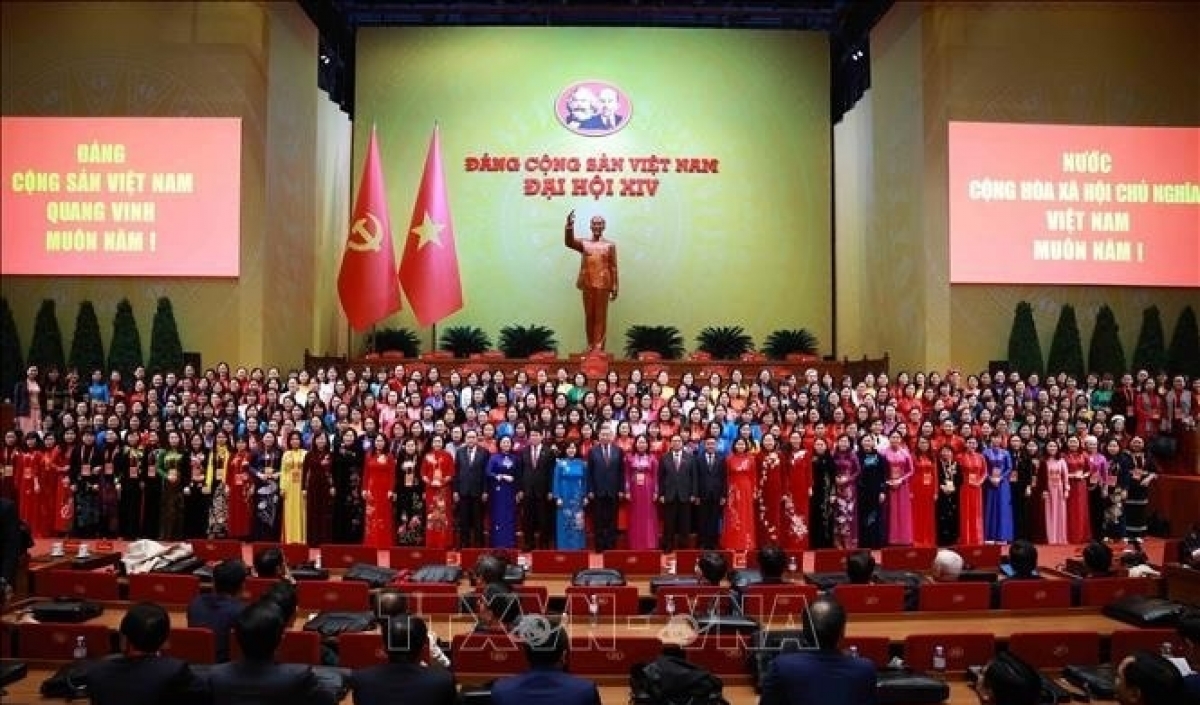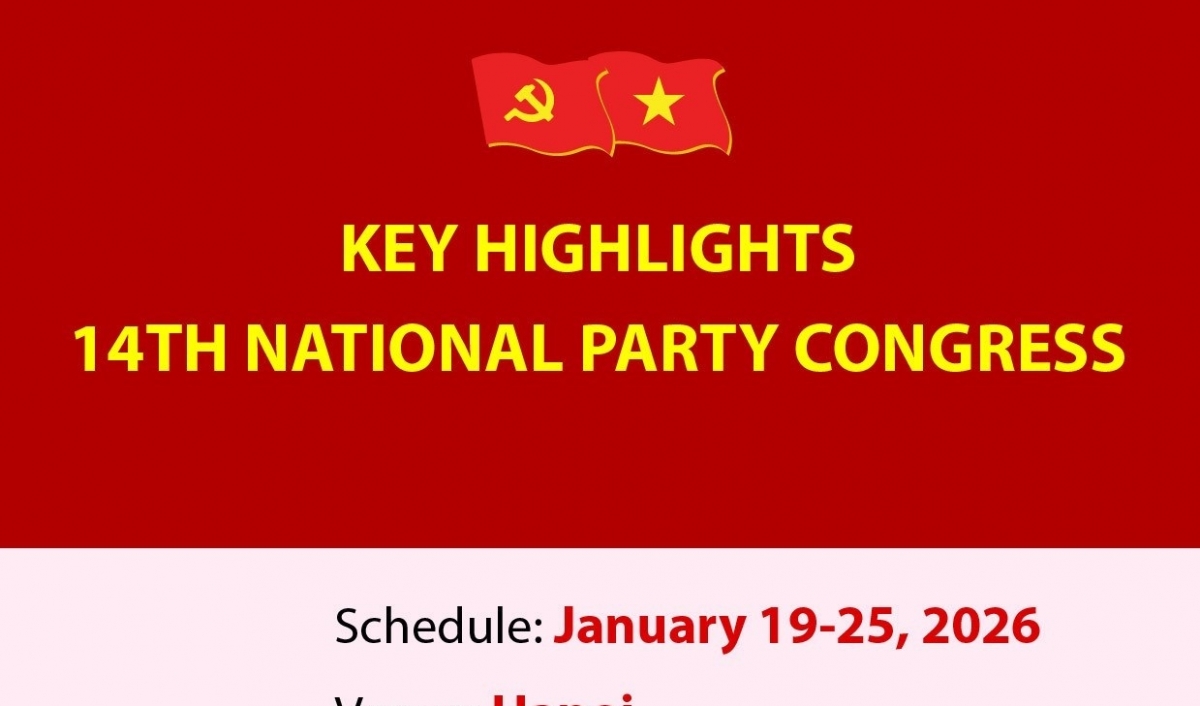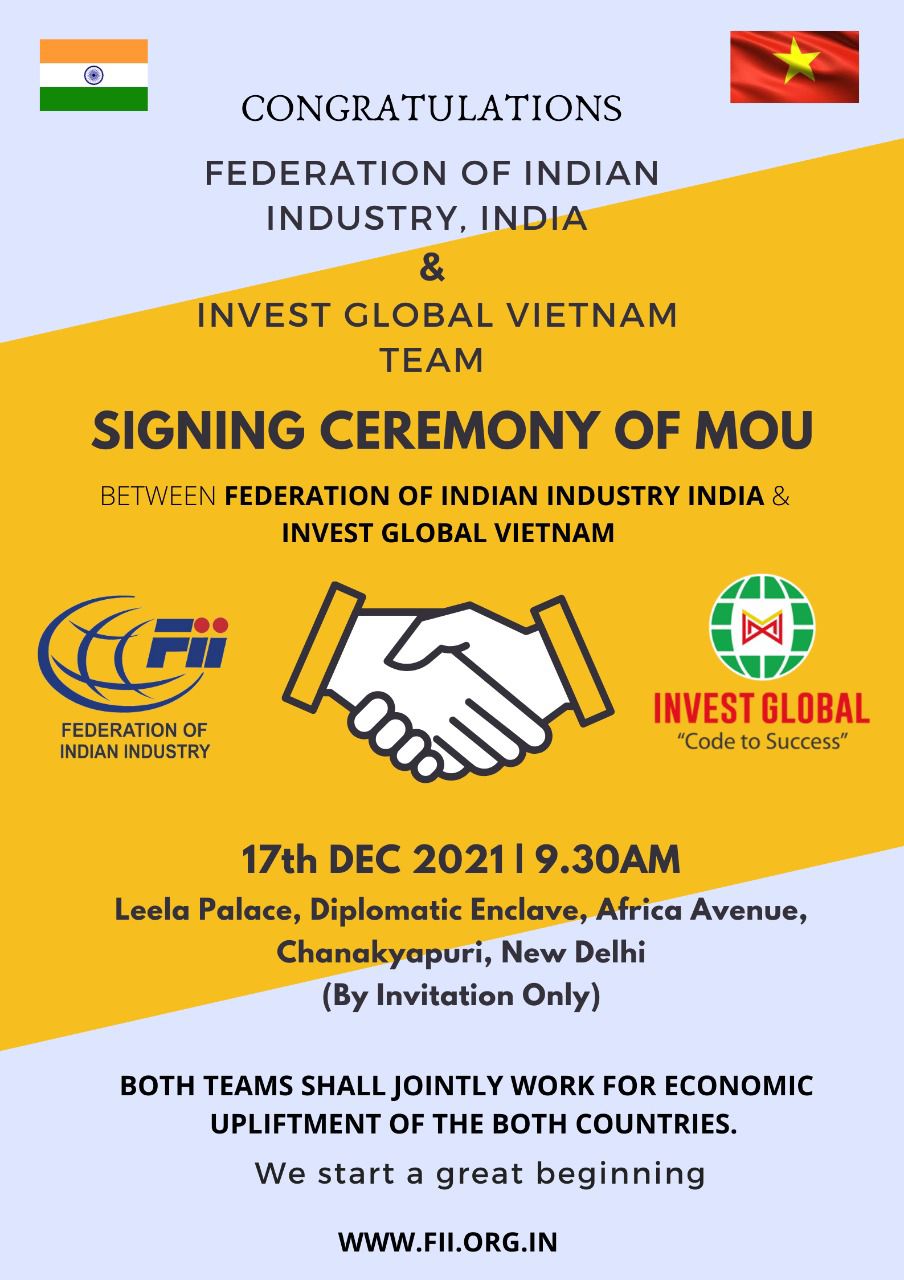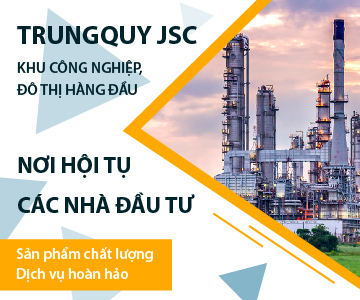INTERNATIONAL INVESTMENT
AND PORTAL
Bernd Lange, chairman of the European Parliament’s Committee on International Trade, has visited Vietnam four times in the past three years, with the latest visit concluding last week as he aimed to oversee Vietnam’s implementation of the EU-Vietnam Free Trade Agreement (EVFTA), and assess the operations of domestic organisations in charge of supervising the deployment of FTAs and Vietnam’s policies.
“The EVFTA is a strong foundation for boosting the EU-Vietnam trade and investment ties. The agreement has had positive effects on both sides, with larger trade and investment flows recorded,” Lange said, confirming that the European Parliament will continue supporting Vietnam in EVFTA implementation, and expanding sustainable development cooperation given the EU actively deploying a series of new policies and initiatives in Asia-Pacific.
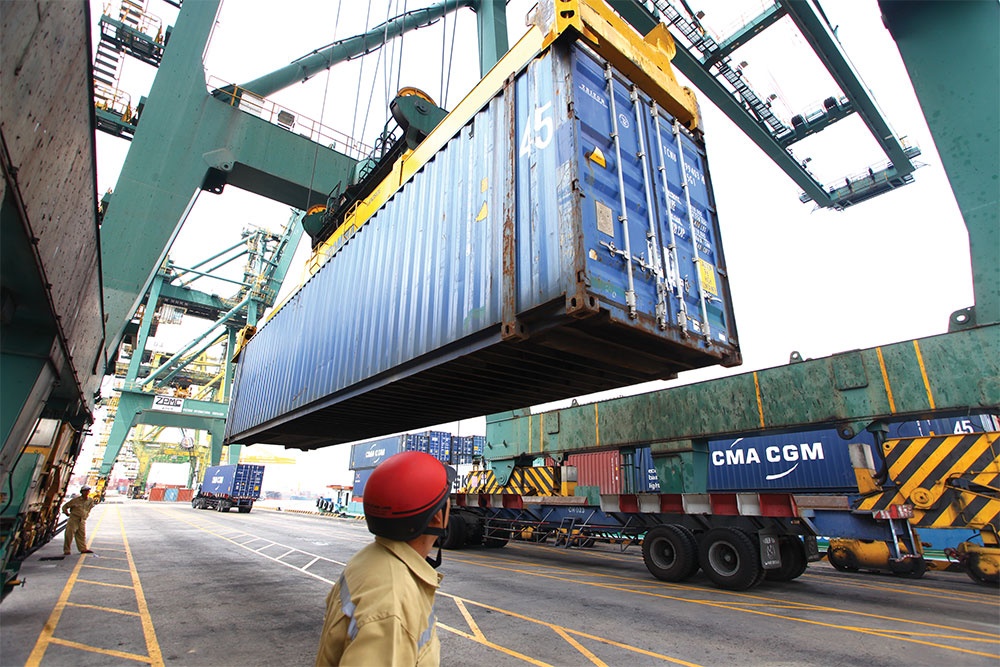 EU keen to cement obligations in EVFTA - illustration photo
EU keen to cement obligations in EVFTA - illustration photo
According to the Ministry of Planning and Investment, the EU is now one of the most important sources of foreign direct investment for Vietnam. As of August 20, EU investors have registered about $25.8 billion for nearly 2,250 projects. The most recent project is Danish’s Lego Group which a few months ago got licensed to invest over $1 billion in the 44-hectare site in the southern province of Binh Duong for a carbon-neutral factory, which will be Lego’s sixth manufacturing site and second in Asia. This project will generate 4,000 jobs over the next 15 years.
However, the EU Delegation to Vietnam said that both intellectual property rights protection and sustainable development conditions are crucial elements for the attraction and retention of investment from the EU.
“Increased investments will allow Vietnam to better integrate into global value chains, thereby diminishing the dependence of Vietnam on its current main investors,” the delegation said. “EU investors are bound by the highest standards for workers’ rights and environmental protection, thereby contributing to the wellbeing and further development of the Vietnamese society and economy.”
To make it more favourable for EU investors and businesses to maximise the EVFTA’s benefits, the European Commission has established a new portal called Access2Markets, which is designed for small- and medium-sized EU enterprises in particular. The portal provides useful and detailed information on applicable tariffs, rules of origin, product requirements, customs procedures and formalities, VAT/excise duties/sales taxes, trade barriers, and trade statistics. It is available in all 24 official EU languages.
It is expected that the leaders of Vietnam and the EU will continue meeting with each other to beef up bilateral trade and investment relationships. Two months ago, European Union Commissioner for Agriculture Janusz Wojciechowski visited Vietnam to boost trade in agriculture within EVFTA commitments.
“I am particularly encouraged by the progress of our FTA: between 2020 and 2021, EU-Vietnam agri-food trade overcame challenges to grow by 9 per cent, reaching €3.5 billion ($3.57 billion) in total. These figures reach even higher levels if we also consider fishery and forestry products, both of which have particular prominence in Vietnam’s exports,” Wojciechowski said.
“As a result of the EVFTA, EU citizens enjoy increased access to Vietnamese tea and coffee, along with an impressive range of nuts, spices, and tropical fruit. Some of these products are protected as geographical indicators via the EVFTA, such as Bao Lam seedless persimmon and Luc Ngan lychees.”
The EU will provide support for the sustainable development of the cocoa sector in Vietnam through a new project: “Circular Economy Cocoa: From Bean to Bar”, with an EU co-financing grant of €1.55 million ($1.58 million). This adds to a significant list of other EU-supported projects designed to help address the climate and environmental challenges faced by Vietnam and to develop sustainable agriculture, in particular for small farmers.
Peter Bernhardt, team leader of the ARISE+ Vietnam programme funded by the EU to support Vietnam’s new trade commitments, told VIR that to maximise EVFTA benefits, much remains to be done by Vietnam.
“Dropping tariffs is one good thing, but non-tariff measures still remain and should be prioritised such as the simplification of the Vietnamese customs clearance process, which will improve trade and shipping facilitation,” Bernhardt said. “EU specific regulations for imported products must be well-known to Vietnamese manufacturing companies as all EU sectors are highly regulated and products must be conforming to a number of health, safety, and environmental protection regulations.”
He added that each Vietnam agricultural or processed food product is subject to special entry conditions in the EU market to check for contamination risks as some substances are banned in the EU. “Vietnamese farmers and exporters must be aware, and the Vietnamese government has to set up sufficient control capacities and capacity building efforts to inform about safety for human consumption according to EU standards to avoid products rejection of products at the EU border,” Bernhardt said.
According to Vietnam’s General Department of Vietnam Customs, in the first eight months of this year, total export-import turnover between Vietnam and the EU hit $42.2 billion, up from $36.87 billion recorded in the same period last year.
In the first eight months of this year, Vietnam’s export turnover hit $31.9 billion, up 23.6 per cent on-year, while the nation’s import turnover sat at $10.3 billion, down 6.9 per cent on-year.
Both sides’ trade turnover was $56.45 billion in 2019 (including Vietnam’s exports and imports of $41.5 billion and $14.95 billion, respectively). However, in 2020, trade was reduced to $50 billion.
The situation became brighter last year when the bilateral trade value reached $63.6 billion, including Vietnam’s exports worth $45.8 billion, up 14.2 per cent on-year; and the country’s imports of $17.9 billion, up 16.5 per cent on-year.
 EVFTA underpinning growth in Vietnamese tech market
EVFTA underpinning growth in Vietnamese tech market
Changes in consumer behaviour and market trends over the past few years have forced us to rethink the role of technology. Eunjung Han, consultant at Rouse Legal Vietnam and vice chair of the Digital Sector Committee of the European Chamber of Commerce in Vietnam, looks at how the implementation of EU-Vietnam Free Trade Agreement and relevant government policies make impacts on the growth of the local tech market.
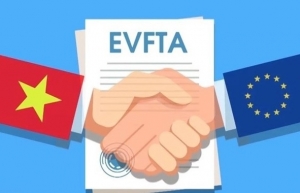 Room for agro-exports to grow through EVFTA deal
Room for agro-exports to grow through EVFTA deal
While the export turnover of agro-products has taken off since 2020’s arrival of the EU-Vietnam Free Trade Agreement, ample room still remains neglected due to failure to meet the demand for quality.
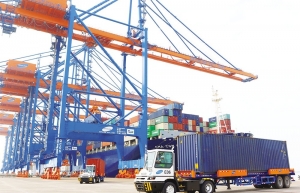 Evidence adds up for quality advantages within EVFTA
Evidence adds up for quality advantages within EVFTA
Just two years in entry into force, the EU-Vietnam Free Trade Agreement (EVFTA) has brought large benefits to both the Southeast Asian market and the bloc of nearly 450 million people.
